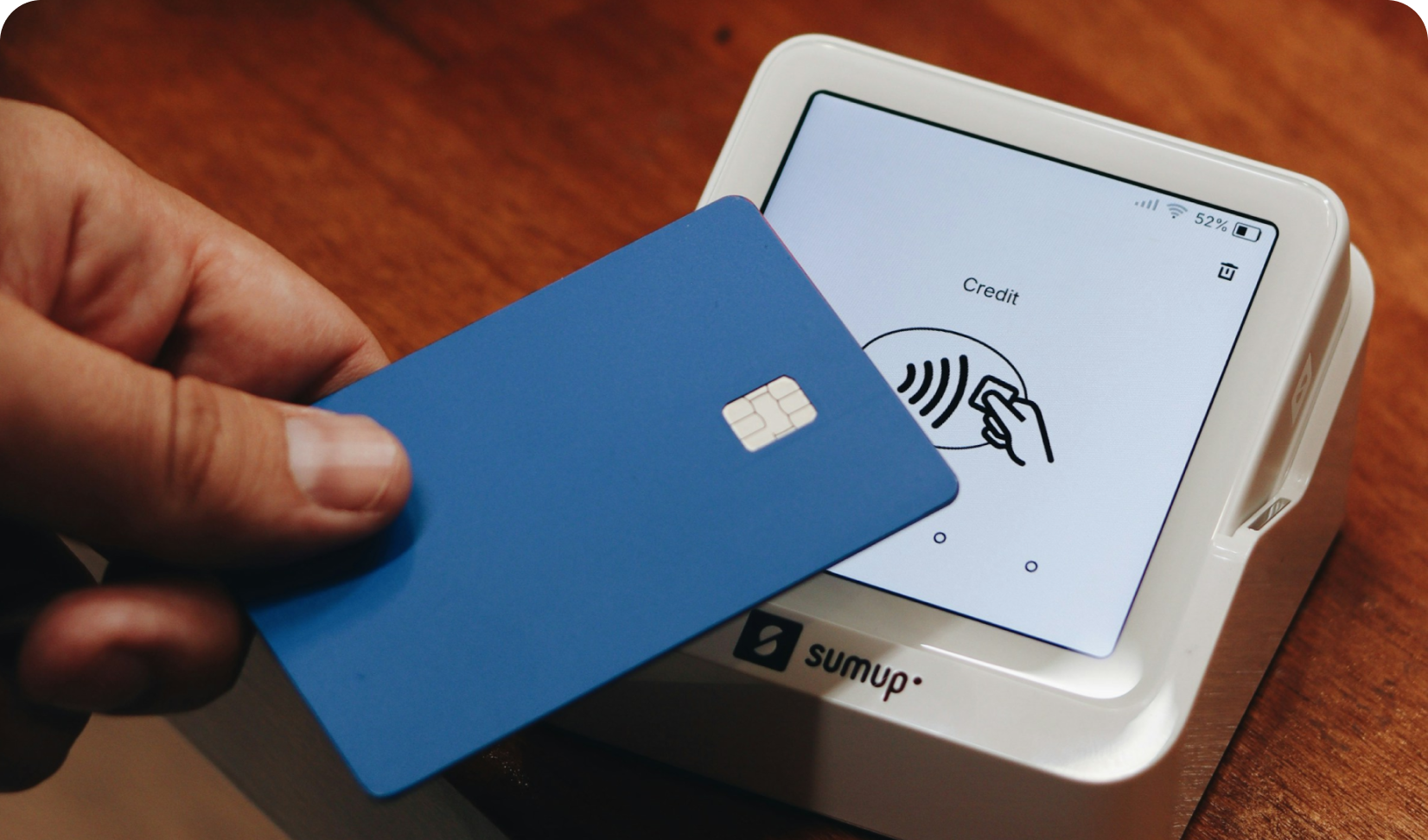Quality Criteria of a Survey for Market Research
Appinio Research · 20.10.2022 · 8min read

Content
Market research is a critical aspect of a company's decision-making process, providing essential insights that can inform various strategic plans, including product designs, advertising campaigns, and brand logos.
The goal of this research is to ensure that survey results align with reality.
For instance, if customers prefer slogan A over others in an advertising study, this should accurately reflect their genuine opinion.
To achieve this, the methods used to gather data must meet specific quality criteria that ensure accuracy and reliability.
This guide will provide a comprehensive overview of the most important quality criteria when conducting research, namely objectivity, reliability, and validity.
What are Quality Criteria in market research?
Quality criteria play a crucial role in determining the accuracy of measuring instruments like questionnaires.
When companies commission such studies, they do so with the goal of obtaining accurate insights into consumer behaviour.
This means that reliable survey methods that are tailored to the specific project, such as design tests or pricing analyses using the Van Westendorp method, are necessary.
Most surveys involve questionnaires designed to measure specific variables, which is why it is essential to meet certain quality criteria such as
- Objectivity
- Reliability
- Validity
These quality criteria are indispensable in ensuring the collection of high-quality data from market research surveys.
Objectivity
Maintaining objectivity is critical to ensure that research results are free from bias and independent of the conditions under which the survey was conducted.
It is only by achieving this that different respondents' answers can be compared.
Objectivity in market research can be classified into three types:
- Data collection
- Evaluation
- Interpretation
Objectivity in data collection
Objectivity in data collection demands that the survey's target group's responses should not depend on the who conducts the survey or interviews them.
Standardisation of survey conditions is crucial to achieve this. The interviewer must not influence the results in any way.
Objectivity in evaluation
Objectivity in evaluation requires that different researchers arrive at the same results when evaluating the collected data. This means adhering to pre-defined rules and ensuring that there is no scope for subjective interpretation.
Open-ended questions should be evaluated based on predetermined criteria. However, multiple-choice and single-choice questions can be evaluated objectively.
Objectivity in interpretation
Objectivity in interpretation entails ensuring that all individuals involved in the evaluation of the survey results come to the same conclusion. This requires following the same rules and avoiding subjective interpretation.
An automatic digital evaluation can provide objectivity in data collection and evaluation, but a clear procedure must be established for interpreting the results.
Reliability
Reliability is a crucial quality criterion in market research as it determines the consistency and accuracy of the survey results. To achieve high reliability, a questionnaire must be designed in a way that allows for consistent measurement.
This means that if a consumer completes the questionnaire under the same conditions at different times, the results should be the same.
To test for reliability, researchers often use retest-reliability, which evaluates the relationship between two surveys presented to the same person at two different times.
Objectivity is a fundamental requirement for a reliable survey as it ensures that the results are independent of who conducts, evaluates, or interprets the test. By achieving objectivity, a researcher can ensure the consistency of the results, which in turn ensures reliability.
Therefore, reliability is a prerequisite for validity, the third and most important criterion for a successful study.
Validity
A valid questionnaire measures exactly what a company wants to know.
However, for a questionnaire to be considered valid, it must first satisfy the prerequisites of objectivity and reliability.
For instance, if a company wants to know whether consumers would be willing to buy a particular product at a specific price, then the questionnaire should measure exactly that and not any other unrelated factors.
There are two critical types of validity, namely internal and external:
-
Internal validity
Internal validity of a questionnaire measures the effect of an independent variable (e.g., product design) on a dependent variable (e.g., purchase intention).The questionnaire has high internal validity if the change in the dependent variable can be attributed solely to the modification in the independent variable. This means that there should be minimal disruptive factors during the survey.
For instance, if a company wants to test the packaging for a yogurt and shows consumers various designs, the change in respondents' attitude towards the yogurt design should result from the design differences and not because the respondents were distracted.
-
External validity
External validity measures the generalisability and representativeness of the survey results.It shows how much the statements made by respondents in the survey can be applied to their actual behaviour and to what extent this also applies to other people outside the sample surveyed.
For example, if a company wants to know whether consumers want to buy milk at their next purchase, the response given by the participants should reflect their real behaviour.
Therefore, what respondents say in surveys should accurately represent their actual behaviour.
Summary
To ensure high-quality data from surveys, certain quality criteria must be met, including objectivity, reliability, and validity.
-
Objectivity ensures that the results are independent of the market researchers who conduct, evaluate, and interpret the survey.
-
Reliability ensures that a survey measures reliably and that repeated surveys with the same questionnaire produce consistent results.
-
Validity ensures that a questionnaire asks exactly what is intended to be measured through the survey.
By meeting these criteria, surveys can produce accurate and valuable data for companies and researchers alike.
Interested in running your own study?
Find questionnaire templates and sample surveys in our Appinio dashboard to get your study started in minutes. Want to speak to an expert? Book a demo and we will walk you through kickstarting your project.
Get facts and figures 🧠
Want to see more data insights? Our reports are just the right thing for you!


